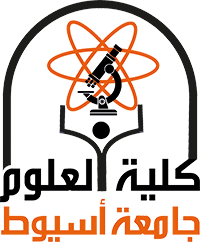This work lies in the integration of a one-micron-gap gold electrode with SnO₂ nanowires, enhancing electric field intensity and interfacial charge transfer. This configuration enables highly sensitive gas detection at a low operating temperature of 50◦C. The study presents a SnO₂ nanowire-based gas sensor featuring a novel onemicron-gap electrode configuration for enhanced sensitivity and selectivity in detecting atmospheric pollutants such as NO₂, H₂S, H₂, and CO. The SnO₂ nanowires were synthesized via thermal evaporation, with the electrode gaps created using focused ion beam (FIB) technology. The fabricated sensor demonstrated efficient gas response characteristics, particularly for NO₂ at 2 ppm and H₂S at 5 ppm, across a range of low temperatures (RT - 350◦C). At an operating temperature of 50◦C, the sensor responded quickly to NO₂, with a response time of 105 s and a recovery time of 121 s. The sensor demonstrated a response time of 147 s and a recovery time of 147 s for H₂S at 5 ppm. The high surface-to-volume ratio of SnO₂ nanowires, combined with the concentrated electric field of the narrow-gap electrodes, facilitated rapid charge transfer and efficient gas adsorption. These results underline the potential of this configuration for low-power, high-sensitivity gas sensing applications. The plasmonic changes in micro-gold electrodes upon exposure to NO₂, H₂S, CO, and H₂ gases enhance the gas sensor’s selectivity by modulating the localized electric field and charge transfer at the electrode surface. The results demonstrate a promising approach for low-power, high-performance gas sensing using optimized electrode geometry.
Research Abstract
Research Date
Research Department
Research Journal
Sensors and Actuators: A. Physical
Research Member
Research Vol
392
Research Website
https://doi.org/10.1016/j.sna.2025.116709
Research Year
2025
Research Pages
116709

